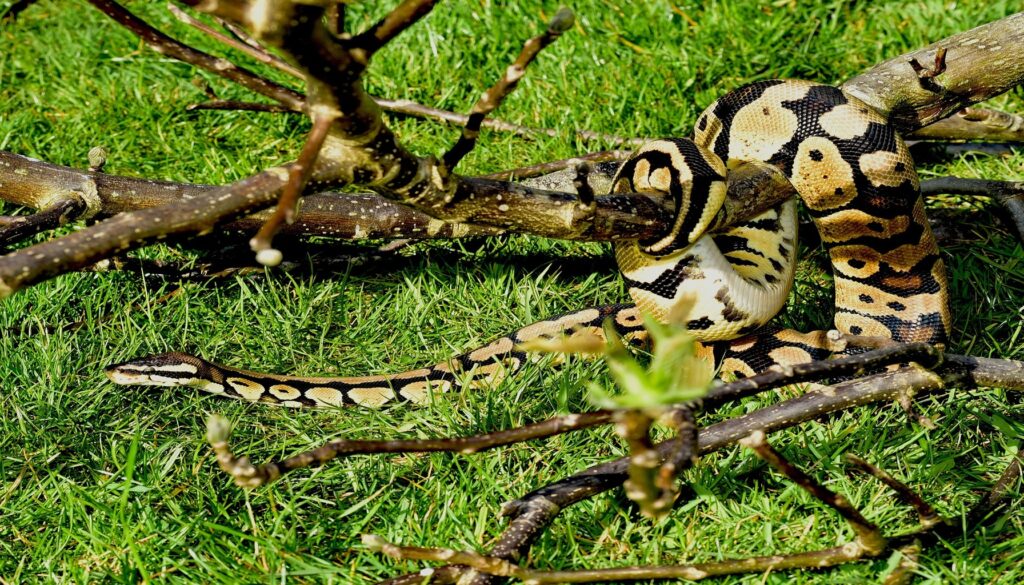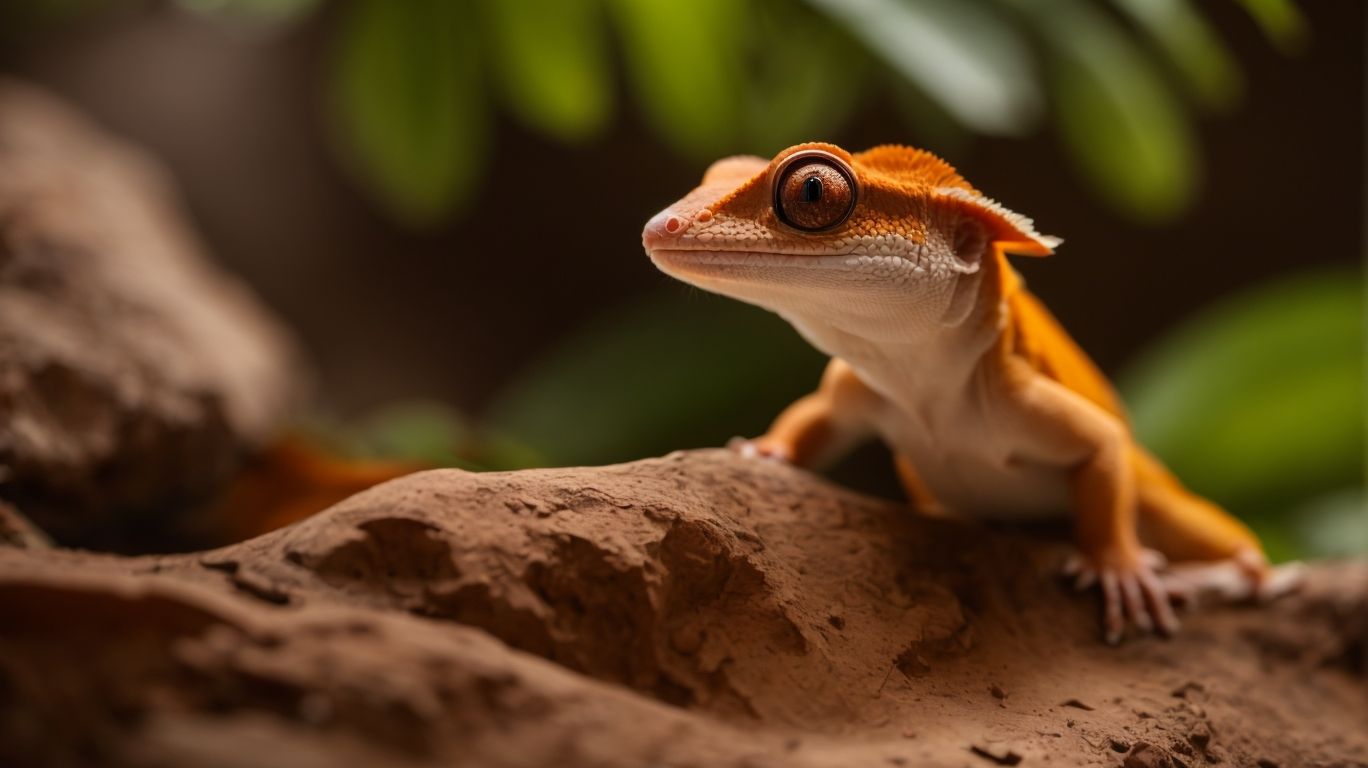
Unlocking the Mysteries of Ball Python Behavior
Table of Contents
The Secrets behind Their Docile Nature
Ball pythons have gained a reputation for being one of the most docile snake species in the world. Their calm demeanor and gentle nature have captivated reptile enthusiasts everywhere. But what is the secret behind their docility?
One factor that contributes to the docile nature of ball pythons is their natural instinct to conserve energy. In the wild, these snakes spend a majority of their time hiding and conserving their energy for hunting and reproductive activities. This means that they are not naturally inclined to be aggressive or display territorial behavior. Instead, they prefer to remain calm and avoid confrontation whenever possible.
Another reason for their docility is their preference for a secure and comfortable environment. Ball pythons thrive in environments with adequate hiding spots and temperature gradients. When they feel safe and secure, they are less likely to display defensive or aggressive behavior. Providing them with a proper enclosure that meets their needs can go a long way in promoting their calm and docile nature.
Understanding The Behavior and Temperament of Ball Pythons
Understanding the behavior and temperament of ball pythons is crucial for providing them with the care they need and ensuring a harmonious relationship between owner and snake. Ball pythons have their own unique personalities, and by observing and understanding their behavior, you can better meet their needs and establish a strong bond.
One important aspect of ball python behavior is their instinctual need for security. These snakes thrive in environments with adequate hiding spots, such as caves or branches, where they can feel safe and secure. Providing them with a comfortable and secure enclosure is essential for their well-being.
Ball pythons are also known for their preference for routine and predictability. They thrive on a consistent schedule and may become stressed or anxious if their routine is disrupted. Maintaining a regular feeding and handling schedule can help keep them calm and content.
Handling and Interaction Tips of Ball Pythons
Handling and interacting with your ball python is an essential part of building a bond with your pet and ensuring their overall well-being. However, it’s important to approach these interactions with caution and respect for your snake’s natural instincts and needs. Here are some tips to help you handle and interact with your ball python in a safe and enjoyable way.
First and foremost, always remember to wash your hands before and after handling your ball python. This not only helps to keep them clean and healthy but also minimizes the risk of transmitting any harmful bacteria to you.
When picking up your ball python, it’s important to approach them slowly and gently. Avoid sudden movements or grabbing them from above, as this can startle and stress them out. Instead, allow them to explore your hand and wrap their body around your fingers at their own pace. This helps them feel more secure and comfortable in your presence.
While handling your ball python, be sure to support their entire body. These snakes are arboreal by nature, meaning they like to wrap around branches and objects for support. Providing them with a stable and secure grip gives them a sense of security and reduces the likelihood of them feeling scared or anxious.
It’s important to remember that ball pythons are not typically social animals and prefer solitary lives. This means that they may not enjoy being handled for extended periods or in crowded environments. Keep handling sessions short and limit them to a few times a week to prevent your snake from becoming stressed or overwhelmed.
Lastly, always be aware of your ball python’s body language and reactions during handling. If they show signs of stress, such as hissing, coiling tightly, or striking, it’s best to gently return them to their enclosure and give them some time to relax. Paying attention to their cues and respecting their boundaries is crucial for maintaining a positive and trusting relationship with your ball python.
The Impact of Captivity on Ball Python Behavior
Ball pythons are captivating creatures, but it’s important to understand how captivity can impact their behavior. While these snakes can adapt well to life in captivity, there are certain factors that can affect their behavior and overall well-being.
One significant impact of captivity on ball python behavior is the potential for stress and anxiety. In the wild, ball pythons have a large territory to explore and ample hiding spots to seek refuge. In captivity, they are confined to a smaller enclosure, which may not provide the same level of stimulation and enrichment. This can lead to boredom and stress, resulting in behavioral problems such as aggression or excessive hiding.
Another factor to consider is the influence of their environment. Ball pythons are sensitive to changes in temperature, humidity, and lighting. In captivity, it’s crucial to create a suitable environment that mimics their natural habitat as closely as possible. Failure to do so can lead to stress and health issues.
Common Ball Python Behavior Problems and Solutions
While ball pythons are generally docile and easy to care for, they can still experience behavior problems that may require attention and intervention. As a ball python owner, it’s important to be aware of these common behavior problems and know how to address them. Here are a few common issues you may encounter with your ball python and some solutions to help mitigate them.
- Refusal to Eat: If your ball python suddenly stops eating or becomes disinterested in food, it can be concerning. This behavior could be due to stress, improper husbandry, or even illness. To address this issue, ensure that your snake’s enclosure meets their needs in terms of temperature, humidity, and hiding spots. If the problem persists, consult with a reptile veterinarian to rule out any underlying health issues.
- Aggressive Behavior: While ball pythons are generally not aggressive snakes, they may exhibit defensive behavior if they feel threatened or stressed. Signs of aggression can include hissing, striking, or coiling tightly. If you notice these behaviors, give your snake space and avoid handling them until they feel more comfortable. It’s important to identify the cause of the aggression, such as a noisy or crowded environment, and make necessary changes to alleviate their stress.
- Excessive Hiding: Ball pythons are naturally secretive snakes and enjoy spending time in their hiding spots. However, if your snake is constantly hiding and rarely coming out, it may indicate that they are stressed or uncomfortable. Ensure that your snake has adequate hiding spots in their enclosure and a comfortable, secure environment. Creating a calm and quiet space for them can help reduce stress and encourage more natural behavior.
Understanding Your Ball Python
Understanding your ball python is key to providing the best care and building a strong bond with your scaly friend. Each ball python has its own unique personality and preferences, so taking the time to observe and understand their behavior is crucial.
First, pay attention to their body language. A relaxed ball python will have a calm demeanor, with their body stretched out and their muscles relaxed. On the other hand, if they feel threatened or stressed, they may coil tightly, hiss, or strike. Learning to interpret their body language will help you understand their needs and address any issues that may arise.
Secondly, get to know their eating habits. Ball pythons are known for their slow and deliberate feeding behavior. They prefer smaller prey items that are proportionate to the size of their head and body. Establishing a regular feeding schedule and monitoring their body condition will ensure they receive the proper nutrition and stay healthy.
Lastly, give your ball python plenty of hiding spots and a secure enclosure. These snakes are nocturnal and love to hide, so providing them with caves, branches, and other hiding places will make them feel safe and secure. Additionally, maintaining a consistent routine and avoiding sudden changes in their environment will help keep them calm and content.
Wrapping Up
In this blog post, we have delved into the fascinating world of ball python behavior, unlocking the secrets behind their docile nature, understanding their temperament, and providing tips for handling and interaction. We have explored how to recognize and mitigate signs of stress in these amazing reptiles. Additionally, we have examined the impact of captivity on ball python behavior and provided solutions to common behavior problems that owners may encounter.
Understanding your ball python is essential for providing them with the best care possible and building a strong bond with them. By paying attention to their body language, observing their eating habits, and creating a secure environment with adequate hiding spots, you can ensure their well-being and happiness.
Remember, ball pythons are unique individuals with their own preferences and personalities. Taking the time to observe and understand their behavior will help you tailor their care to their specific needs. So, enjoy your journey of unlocking the mysteries of ball python behavior, and have a wonderful time with your scaly companion!
Related Posts

Incubating Crested Gecko Eggs: Essential Techniques and Tips
Crested geckos are fascinating reptiles that are known for their…

Red Crested Gecko Health: Common Issues and Preventive Care
Are you a proud owner of a red crested gecko?…

Creating the Ideal Environment for Your Red Crested Gecko
Do you own a red crested gecko or are you…

No Comments